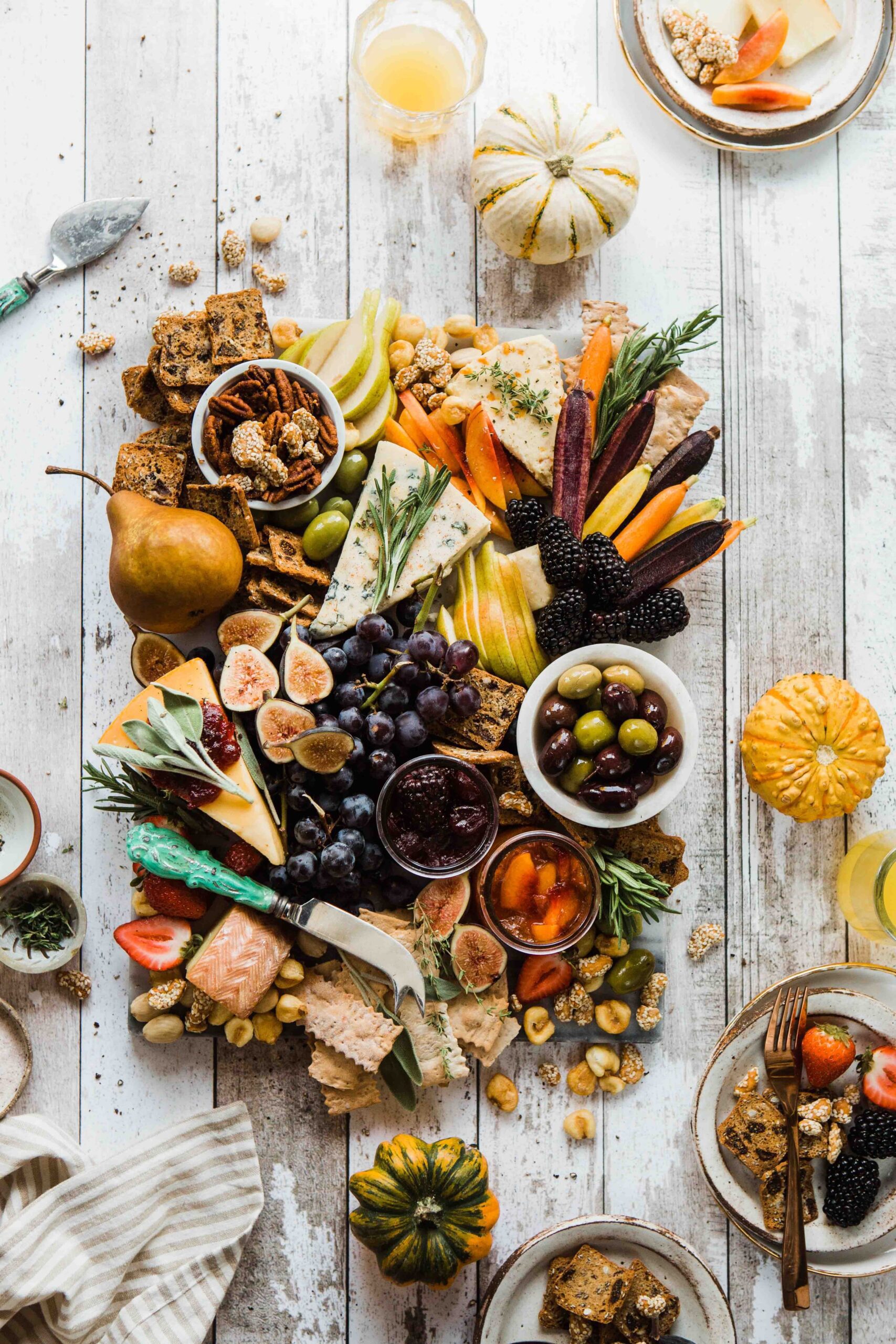Thanksgiving and the greater winter holiday season is a time for friends and family to come together and celebrate the pieces of life that may be overlooked throughout the rest of the year, no matter how large or small. For many, this includes delicious meals, sprawling spreads, and handfuls of family recipes. Recently, some have been wondering, though: is there a way to make this Thanksgiving more thoughtful in terms of consumption?
Yvette Cabrera of the National Resource Defense Council estimates that over 200 million pounds of turkey meat alone are wasted in the week surrounding Thanksgiving.
“[That’s] 25.6 billion grams of protein never eaten—enough to meet more than 500 million adults’ recommended daily protein intake,” she added.
Beyond just the bird, the holiday season tends to bring with it inflated energy usage, increased water consumption, and a drastic rise in nonbiodegradable waste. In fact, there is enough water wasted to supply New York City for 100 days, according to that same report.
That is a lot of waste. The good news is that there are steps we can take to help lower those numbers. But, don’t panic! This does not mean that you can’t cook your turkey or wash your dishes. There are, however, several ways that individuals and families across the country can limit the environmental impact of their celebrations this year:
Check out what you have before you go: the foundation for reducing food waste is simple — don’t buy what you already have. Although it may have slipped your mind, many people keep perishable canned food in their pantries all year long. Before putting those canned green beans or corn on your list, check what you already have. It will help you clear out that back row of your pantry, too!
Be responsible with purchasing: The shock value of carrying in a perfectly browned turkey the size of your youngest family member is fabulous at that moment, but if you are only planning on feeding six people, but have bought a turkey for twelve, and aren’t keen on two weeks of leftovers, then consider picking up a smaller bird this year.
By only buying what you need for the evening and leftovers, you limit the amount of waste produced, which in turn limits greenhouse gas emissions from landfills and waste processing.
According to the NRDC, the greenhouse gas emissions from wasted turkey each year are equivalent to every person in Jacksonville, Florida, getting into their car and driving to San Francisco. Although it may sound tough, NRDC’s tool -– The Guestimator – will calculate how much food you need to keep your guests full and reduce waste.
Portion responsibly at the table: Fasting before a big meal like Thanksgiving is common and may result in your eyes being bigger than your stomach. When it’s your turn to make your plate, though, consider smaller portions and go back for seconds if you wish. That way, you’ll minimize waste from individual plates that haven’t been touched, and maximize leftovers, too.
Keep it in the house: It certainly can be simpler to just pick up a tray of stuffing at the market, but do your best to make it (or have a guest make it) if possible. Commercial food production contributes to 83% of greenhouse gas emissions, according to a Stanford study. Keeping courses homemade can limit these.
Plan out leftovers: Sure, leftovers are not as exciting as the “day of” meal. But consider planning out how you or your family plan to mix and match the leftovers in the coming days. These could be salads, sandwiches, or even a soup using some of the meat. If you put the work in ahead of time, you’ll be less pressed after work when you’re sitting down to figure out what to have for dinner, and hopefully will avoid just putting off mixing in the leftovers and ultimately disposing of them.
Decorate with reusable items: Gords and fresh flowers really spruce up a table setting, but it may be worth looking at items that you can use again next year or for another winter holiday. This could include cloth runners, dried flowers, or scented pinecones.
For those interested in going even further, you can consider more eco-forward options, like a plant-based turkey or even a small chicken.
Going sustainable this holiday season does not have to be an overhaul of tradition. Small but collective decisions this month can have a substantial impact on waste reduction and environmentalism with just a little bit of foresight!





